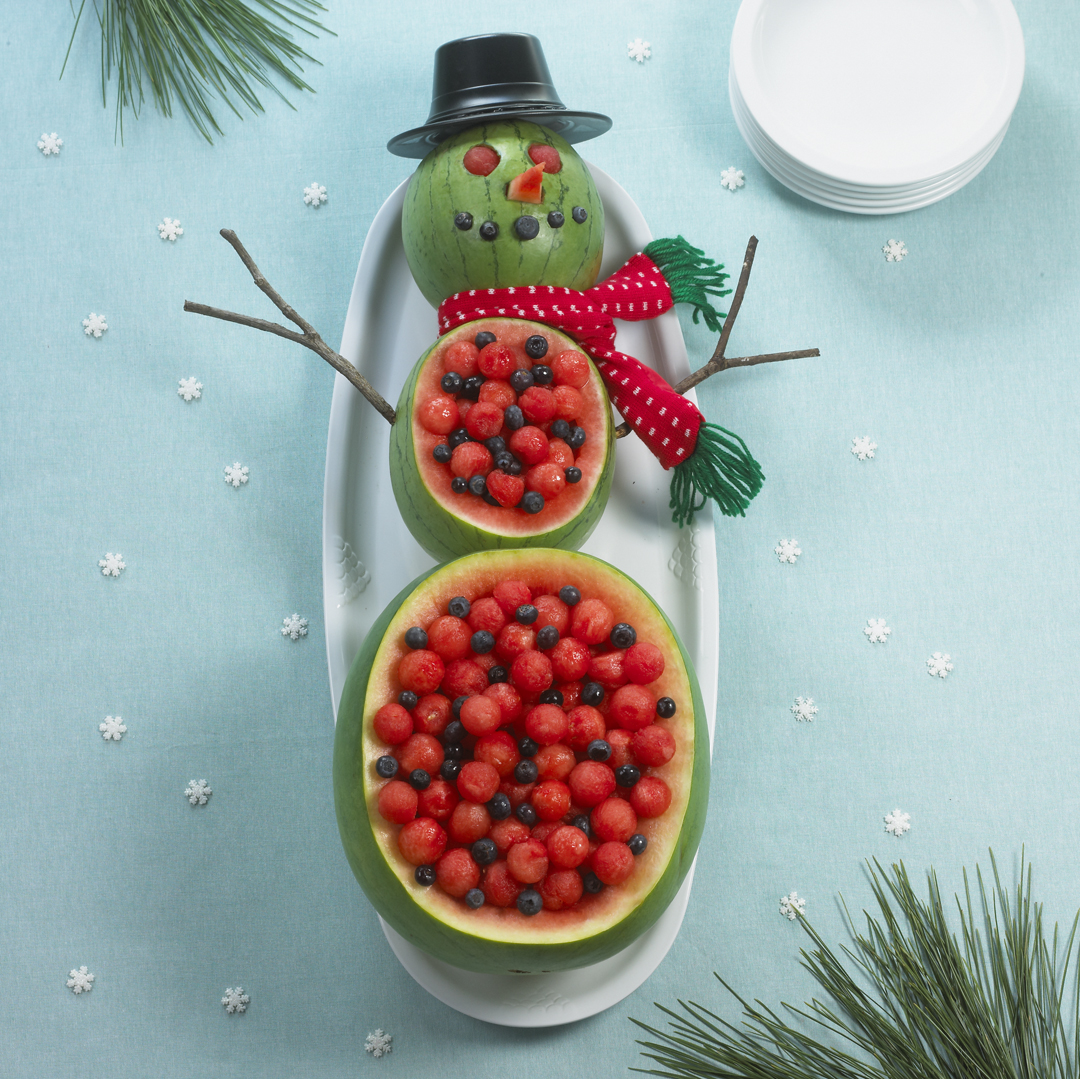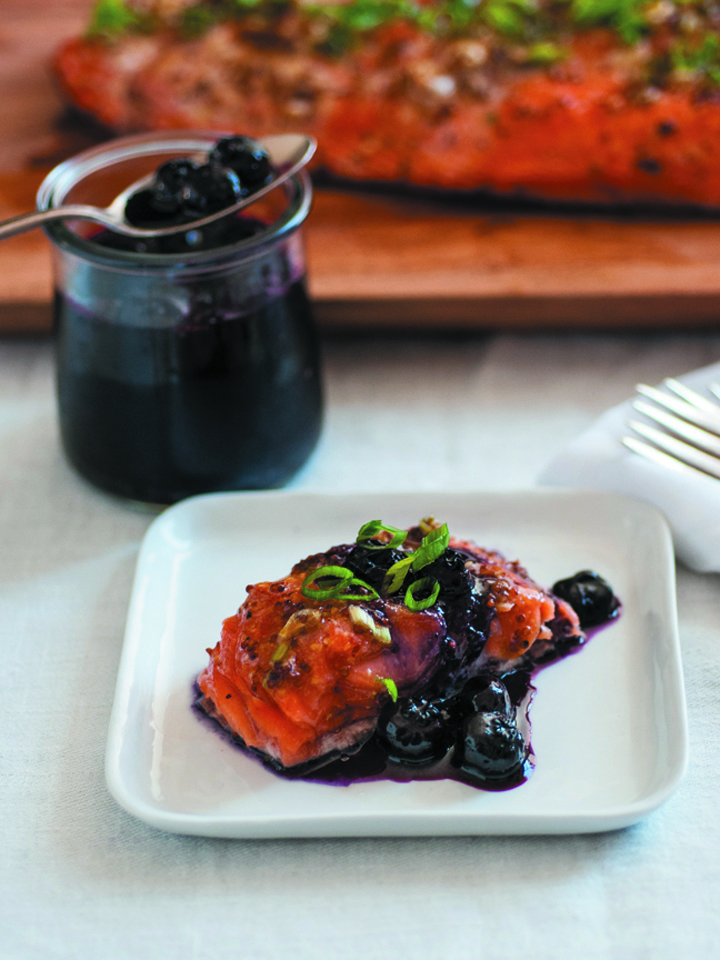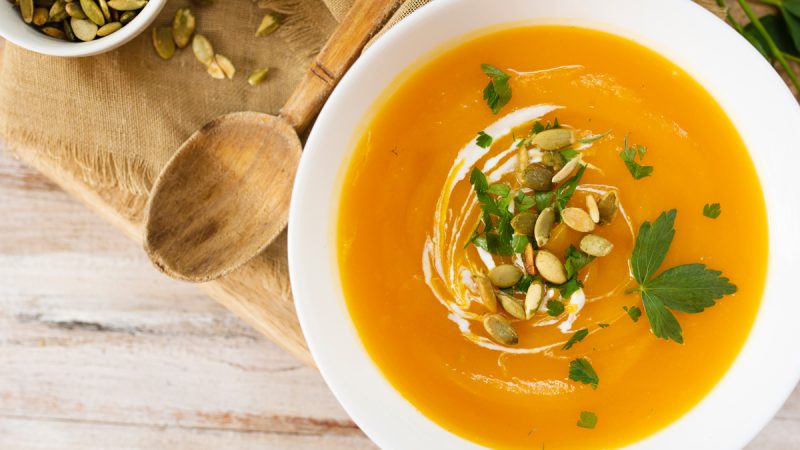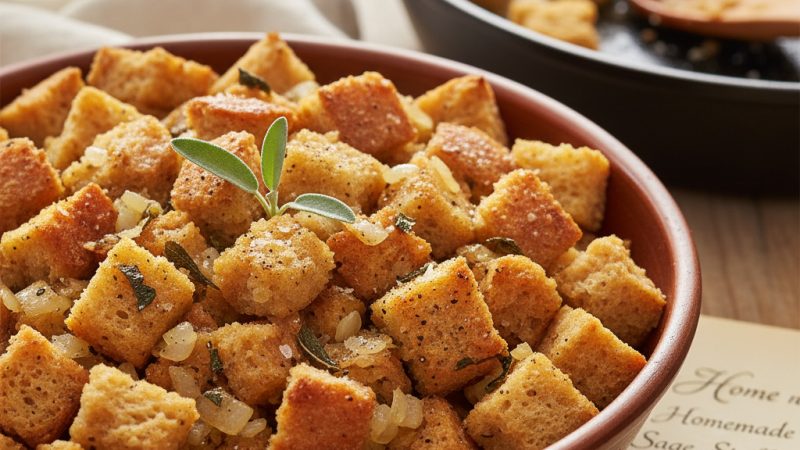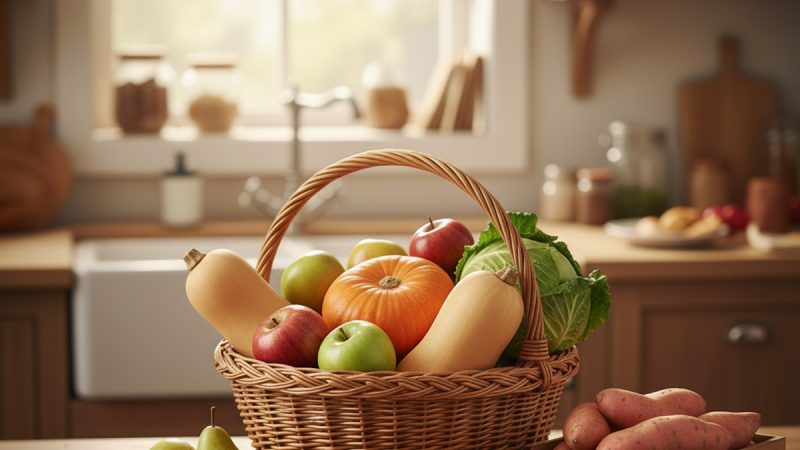Simple Recipes for Making Goat Cheese
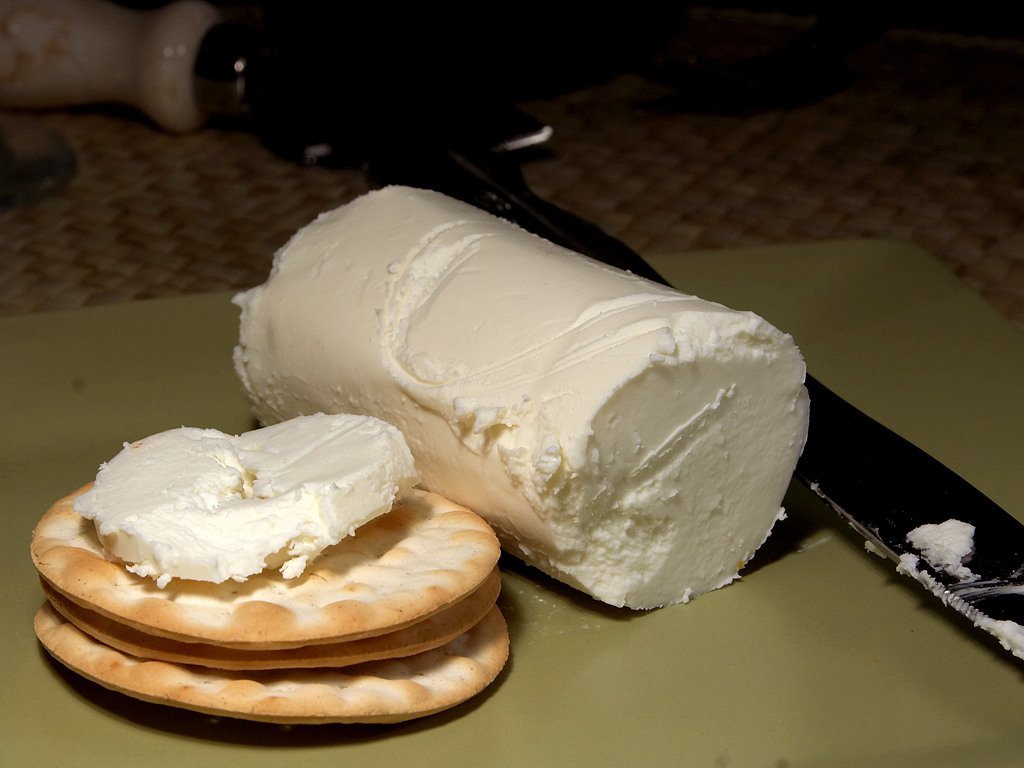
The art of making goat cheese ranges from a quick and simple process, to a long and complicated procedure. The soft spreadable form of goat cheese known as chevre is probably the best known of the soft cheeses; however, many other forms of soft cheeses can also be easily made with goat milk.
The large quantities of three fatty acids, known as capric, caproic and caprylic acid, are responsible for the unique aroma and tangy taste of cheese made from goat milk. Cheeses made from the milk of other animals can not duplicate the taste of goat cheese, because the other milks do not have the abundance of these three medium-chain fatty acids.
Water comprises almost 90% of milk. The water portion of milk is known as whey. Cheese is made from the solid portion of milk, called the curd.
There are two methods for separating the whey from the curd for making cheese, but both methods work by acidifying the milk. In the first method, bacteria are introduced into the milk and allowed to multiply. The bacterial action converts the milk sugar, lactose, into lactic acid. The longer the bacteria are allowed to remain active, the more lactose is converted.
This process reduces the lactose content of ripened and aged cheeses to about 5% or less. Because most of the lactose has been removed from these products, they are often recommended as milk alternatives for lactose intolerant individuals.
The second method uses an acidifying agent, usually vinegar or lemon juice, to create the separation. As the acid is introduced into the milk, curds begin forming almost immediately. When drained, these curds make a soft, spreadable cheese.
Although some forms of goat cheese do require carefully controlled conditions and special ingredients, there are several soft cheeses that can be easily made with simple ingredients found at the grocery. Two recipes are given below.
Ricotta Cheese from Goat Milk
Warm 2 quarts of goat milk to 185° F. When the temperature is reached, turn off the heat, and stir in 2 tablespoons of vinegar or lemon juice. If the milk does not immediately form small, grain-like curds in the liquid, add a few more drops of the vinegar or lemon juice until it does.
Pour the curds and whey into a cheesecloth-lined colander placed over a bowl, or in the sink, to drain. Leave to drain at room temperature for several hours. A longer draining time will produce a drier curd. When the desired consistency is reached, remove the curds and place in a closed container in the refrigerator for storage. This cheese can be used for making lasagna, or in any recipe that calls for ricotta cheese.
Quark Cheese from Goat Milk
Heat 2 quarts of goat milk to 88° F, and stir in 2 tablespoons buttermilk with active cultures. If your buttermilk is not very fresh, use up to 2 tablespoons more. Let set at room temperature, covered, for 24 hours. The mixture will thicken into a yogurt-like consistency.
Pour the mixture into a cheesecloth-lined colander placed over a bowl. Cover and let drain in the refrigerator for 12-24 hours. Store the cheese in a covered container in the refrigerator.
Quark cheese is similar to a thick sour cream, and, much like buttermilk or sour cream, is excellent in baked goods, including cheesecake. It can also be used for dips, or as a substitute for ricotta.
Non-iodized salt can also be added to the cheeses, if desired.
Enjoy!
The Author:
Maria Garza learned about goat milk products firsthand from her own small dairy goat herd, supplemented through extensive research. She shares her knowledge about goat milk, its uses and health benefits through her website everything-goat-milk.com – a one-stop resource for recipes, processing techniques, cheese making, nutritional benefits and more.

